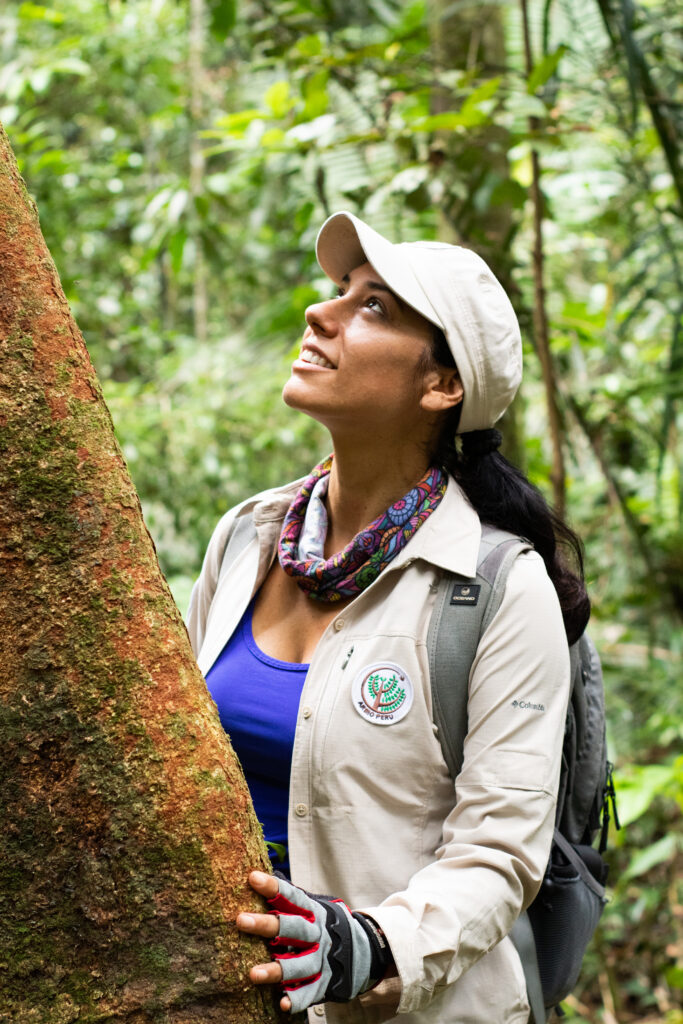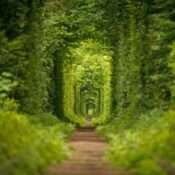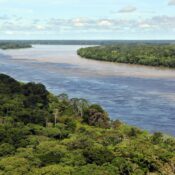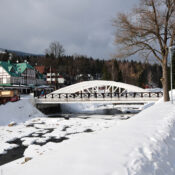Amazon Jungle Also Called Amazonia Is Considered a Moist Broadleaf Tropical Rainforest In The World
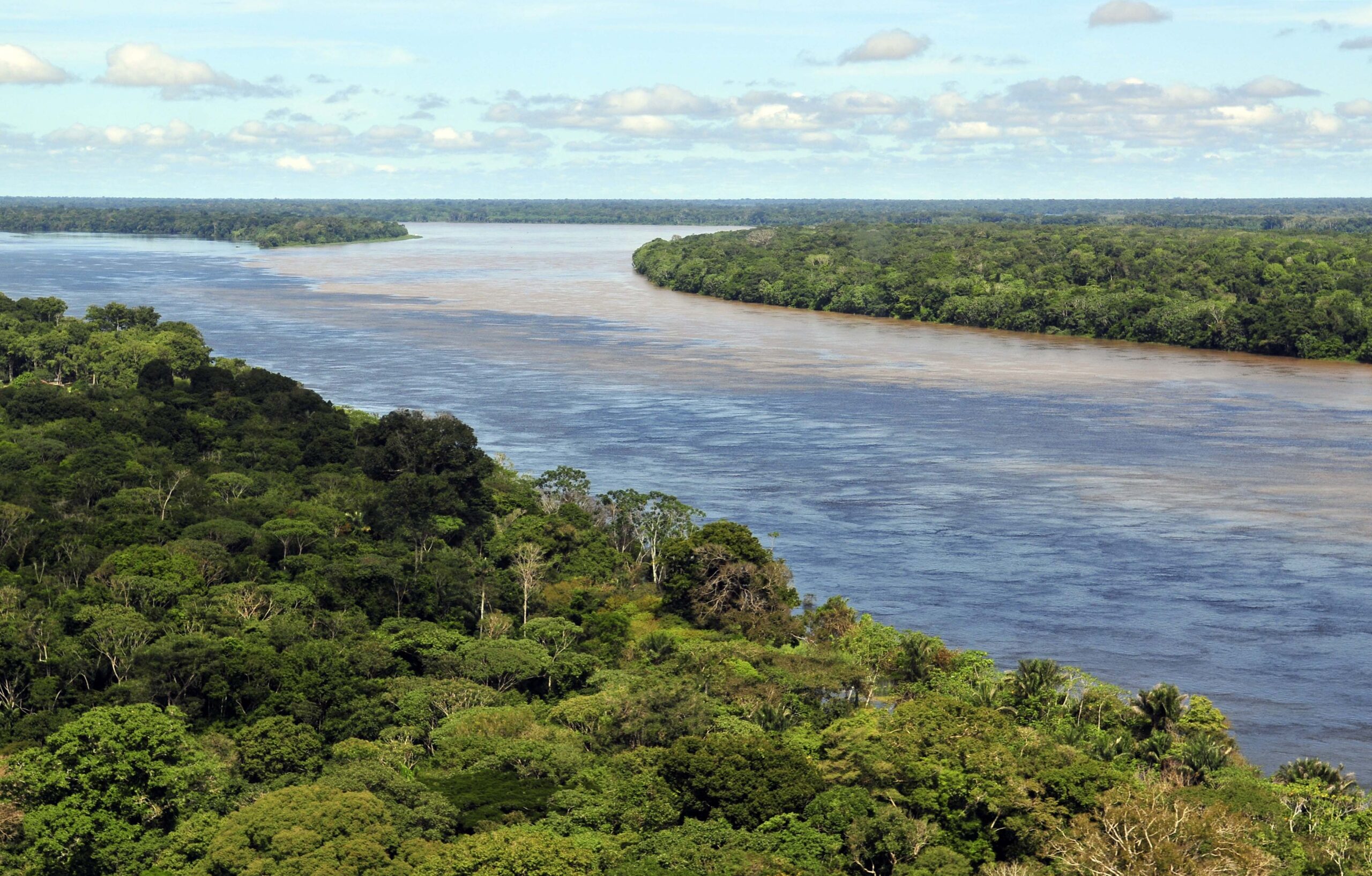
Amazon Jungle Also Called Amazonia Is Considered a Moist Broadleaf Tropical Rainforest In The World
The Amazon rainforest, the largest tropical rainforest on the planet, sprawls across vast regions of northwestern Brazil and extends into neighboring countries such as Colombia, Peru, and several others in South America. Renowned for its staggering biodiversity, the rainforest is home to an estimated 390 billion individual trees belonging to around 16,000 different species, along with countless animal species, many of which are found nowhere else on Earth.
This lush, green wilderness is crisscrossed by an extensive network of rivers, the most famous of which is the mighty Amazon River, one of the longest rivers in the world. The river and its tributaries not only shape the landscape but also play a vital role in the livelihoods of local communities.
Along the banks of the Amazon River, charming river towns echo the history of the rubber boom era in the 19th century. Cities such as Manaus and Belém in Brazil, and Iquitos and Puerto Maldonado in Peru, feature striking colonial architecture that showcases a blend of indigenous and European influences.
These towns serve as gateways for adventure-seekers keen to explore the rainforest’s vast, untamed beauty, its unique ecosystems, and the rich cultures of its indigenous peoples. Visitors can immerse themselves in the vibrant local traditions while also witnessing the environmental challenges facing this vital region, making it a compelling destination for both education and exploration.
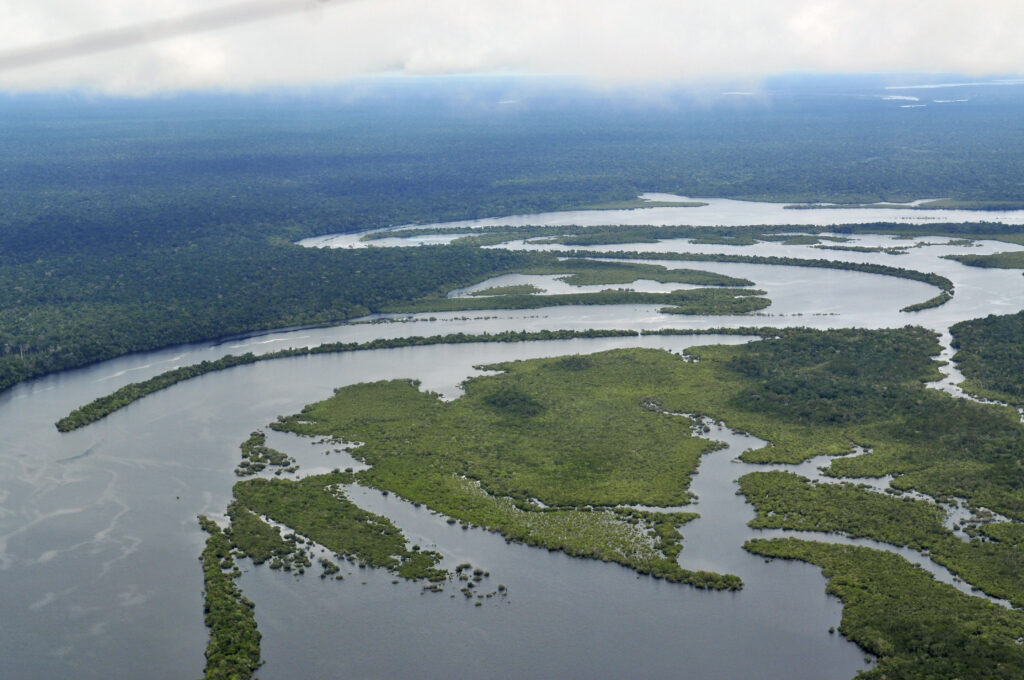
Add Your Heading Text Here
The Amazon basin is shared by nine countries, with Brazil housing the majority of this vast rainforest, which accounts for approximately 58.4% of the total area. The other eight nations that share this ecological treasure are Peru, contributing 12.8%; Bolivia, with 7.7%; Colombia, at 7.1%; Venezuela, which covers 6.1%; Guyana, encompassing 3.1%; Suriname, at 2.5%; French Guiana, contributing 1.4%; and Ecuador, with the smallest share of 1%.
The formation of the Amazon rainforest is believed to date back to the Eocene era, which spans from about 56 million years ago to approximately 33.9 million years ago. During this period, the planet experienced a significant decline in tropical temperatures, which can be attributed to the widening of the Atlantic Ocean.
This geological change fostered a warm and moist climate ideal for the growth of dense vegetation, leading to the establishment of the Amazon rainforest. Notably, this rich ecosystem has persisted for at least 55 million years, largely maintaining its rainforest structure, with savanna-type biomes being relatively scarce until the onset of the current ice age, which brought about a drier climate and the spread of savanna landscapes.
In the wake of the Cretaceous–Paleogene extinction event—which marked the end of the dinosaurs—an increase in rainfall and humidity likely facilitated the further expansion of tropical rainforests across the continent during subsequent geological epochs. Between 66 to 34 million years ago, the Amazon rainforest was able to stretch as far south as 45° latitude.
However, climate fluctuations over the last 34 million years have prompted a dynamic interplay between rainforest and savanna ecosystems, with periods of expansion and retraction. For instance, during the Oligocene epoch, the rainforest existed as a relatively narrow band, but it saw significant expansion during the Middle Miocene. Subsequently, during the last glacial maximum, the rainforest predominantly retreated to a more inland configuration.
Despite these climatic challenges, the Amazon rainforest exhibited remarkable resilience, allowing it to flourish even during the colder, glacial periods. This adaptability has been crucial for the survival and diversification of a vast array of species, cementing the Amazon’s status as one of the most biodiverse regions on the planet.
The ongoing evolution of the rainforest through various climatic shifts underlines its historical importance and raises awareness of the need for its conservation in the face of modern threats.
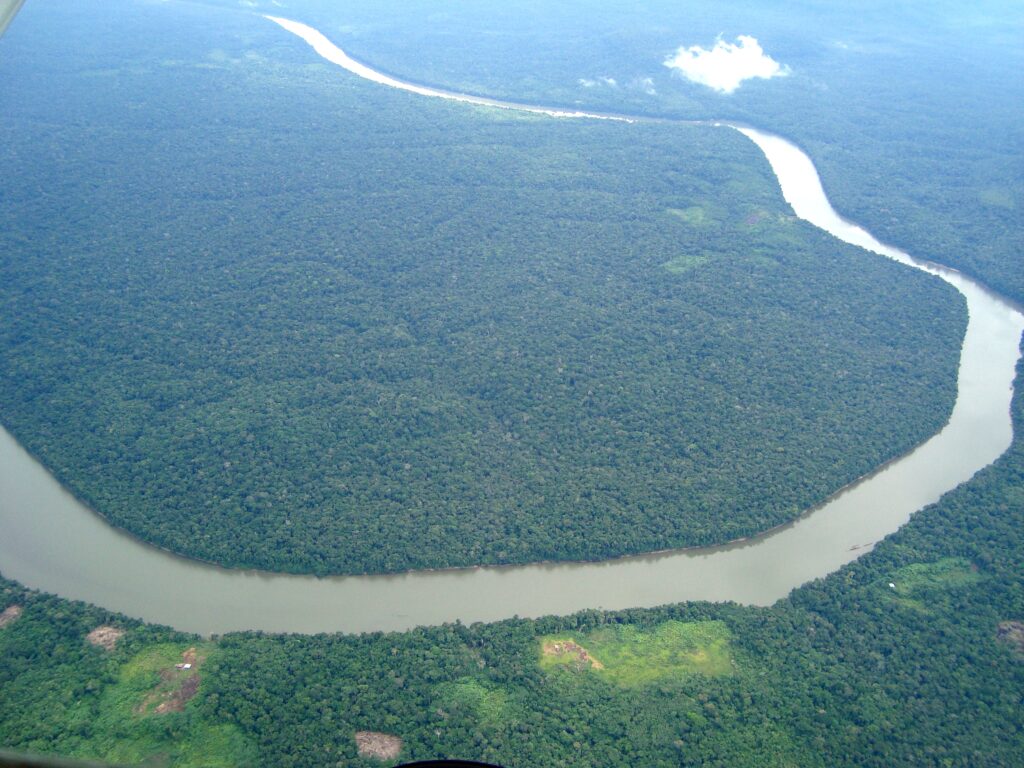
Add Your Heading Text Here
Wet tropical forests represent the most diverse biome on Earth, with the tropical forests of the Americas consistently exhibiting greater species richness than their counterparts in Africa and Asia. Among these, the Amazon rainforest stands out as the largest expanse of tropical rainforest in the Americas and is renowned for its extraordinary biodiversity. Remarkably, approximately one in every ten known species globally resides within the Amazon, making it home to the most extensive collection of living plants and animals on the planet.
The Amazon region hosts a staggering variety of life, including around 2.5 million insect species, tens of thousands of distinct plant species, and approximately 2,000 species of birds and mammals. Current scientific classifications indicate the presence of at least 40,000 individual plant species, 2,200 fish species, 1,294 bird species, 427 mammal species, 428 amphibian species, and 378 reptile species within the region.
Notably, one in five of all bird species in existence can be found in the Amazon rainforest, with a similar statistic applying to fish species that inhabit Amazonian rivers and streams. In Brazil alone, scientists have identified between 96,660 and 128,843 invertebrate species, highlighting the immense diversity of life.
In terms of plant biodiversity, the Amazon rainforest holds the title for the highest number of plant species on Earth. A study conducted in 2001 found that just a quarter square kilometer (approximately 62 acres) of Ecuadorian rainforest can support over 1,100 tree species. Further research from 1999 discovered that a single square kilometer (about 247 acres) of Amazon rainforest can contain approximately 90,790 tonnes of living plant biomass, with an average plant biomass estimated at 356 ± 47 tonnes per hectare.
To date, an astonishing 438,000 species of plants that are of economic and social significance have been registered in the region, with many more yet to be discovered or thoroughly catalogued. The total number of tree species in the Amazon is estimated to be around 16,000, contributing significantly to its ecological complexity.
The green leaf area of the plants and trees in the rainforest experiences fluctuations of about 25% throughout the year due to seasonal variations. During the dry season, when sunlight is abundant, leaves expand significantly; conversely, during the cloudy, wet season, leaves shed in a process known as abscission.
These seasonal changes are crucial as they help maintain a balance between carbon fixation through photosynthesis and carbon release during respiration, ultimately supporting the intricate web of life that thrives within this unparalleled ecological treasure.
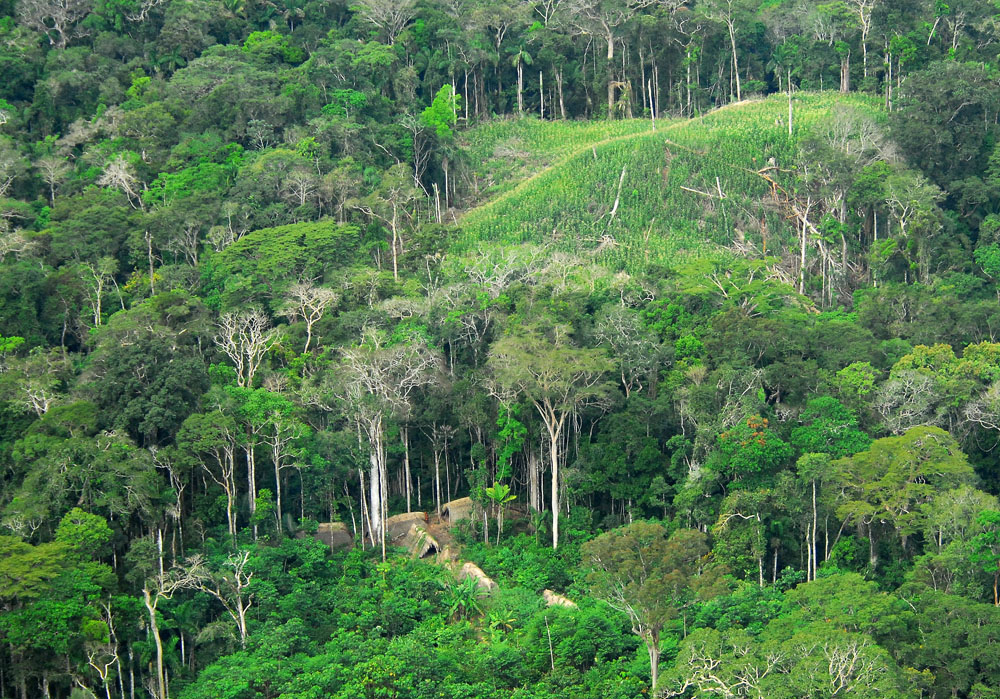
Add Your Heading Text Here
In 2005, the Amazon basin faced the most severe drought in a century, a phenomenon that raised alarming concerns among scientists and environmentalists alike. Reports from 2006 suggested that the region might experience a second consecutive year of drought, amplifying fears about the long-term health of this vital ecosystem. An article published in the UK newspaper The Independent highlighted findings from the Woods Hole Research Center, indicating that the Amazon rainforest, in its current state, could endure only three years of drought before facing irreversible damage.
Researchers from the Brazilian National Institute of Amazonian Research contributed to the article by underscoring the precarious situation the rainforest is in. They argued that the response to prolonged drought, when combined with the adverse effects of rampant deforestation on the regional climate, is driving the rainforest toward a perilous “tipping point.” At this juncture, if conditions persist, the forest could begin to transition into a savanna or even desert landscape, leading to catastrophic consequences not just for local biodiversity but also for the global climate system.
A study published in Nature Communications in October 2020 revealed that approximately 40% of the Amazon rainforest is at significant risk of evolving into a savanna-like ecosystem due to ongoing reductions in rainfall. Moreover, another important study featured in Nature Climate Change provided compelling empirical evidence that more than three-quarters of the Amazon rainforest has been steadily losing its resilience since the early 2000s.
This decline in resilience suggests an impending risk of widespread dieback, with profound implications for biodiversity, carbon storage, and climate change on a global scale. The situation demands urgent attention, as the health of the Amazon is inextricably linked to the well-being of our planet as a whole.
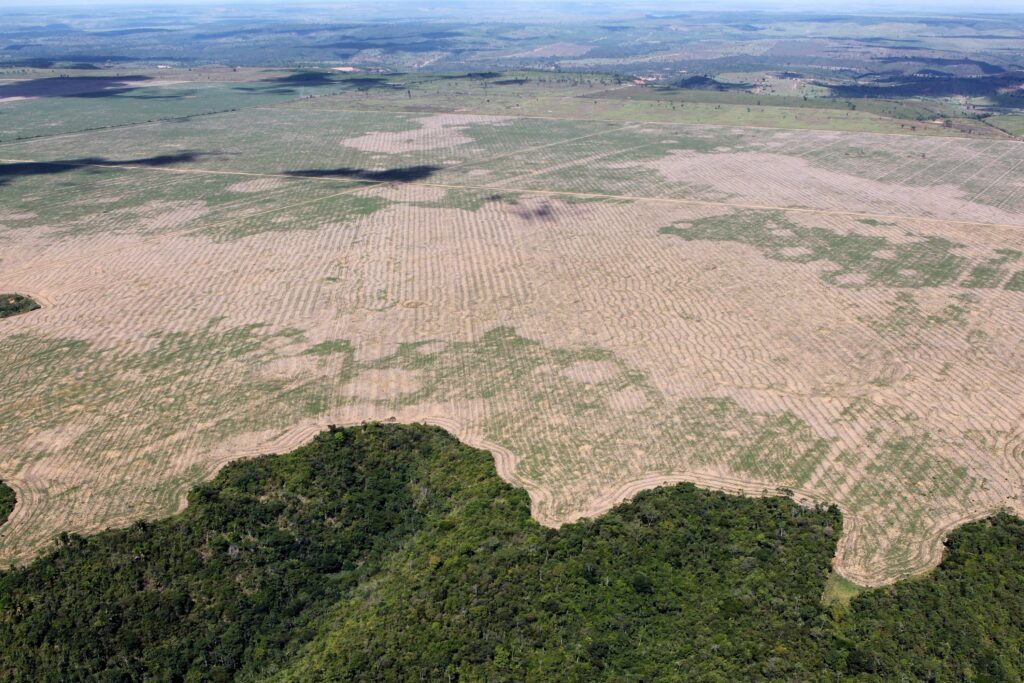
Environmentalists have raised significant concerns regarding the loss of biodiversity stemming from deforestation in the Amazon rainforest, as well as the release of carbon stored within the vegetation, which could further exacerbate global warming. The Amazonian evergreen forests play a crucial role in the Earth’s ecosystem, accounting for approximately 10% of the planet’s terrestrial primary productivity and approximately 10% of its carbon storage, which amounts to about 1.1 × 10^11 metric tonnes of carbon.
Between 1975 and 1996, these forests were estimated to have sequestered about 0.62 ± 0.37 tons of carbon per hectare annually. Alarmingly, reports from 2021 indicate that the Amazon rainforest, for the first time, emitted more greenhouse gases than it absorbed, shifting its role from a carbon sink to a potential carbon source.
A frequently cited statistic suggests that the Amazon produces more than a quarter of the Earth’s oxygen; however, this figure is often misinterpreted. It pertains to oxygen turnover rather than net production, with the actual net contribution of the ecosystem being close to zero. This misunderstanding underscores the complexity of ecosystem functions and the importance of preserving such vital environments.
The 2023 Global Tipping Points report highlights potential tipping points for the Amazon rainforest, notably warning that a rise in global temperatures of 3-4°C or deforestation levels exceeding 40% could trigger irreversible changes. A computer model forecasting the impacts of climate change driven by greenhouse gas emissions indicates that the Amazon rainforest could become unsustainable under conditions characterized by significantly reduced rainfall and increased temperatures.
This scenario could lead to an almost total loss of rainforest cover in the basin by the year 2100, resulting in severe repercussions for economic stability, natural capital, and essential ecosystem services.
However, it is important to note that simulations of climate change within the Amazon basin have produced inconsistent results across various models. Estimates regarding the response of rainfall range from minor increases to substantial decreases, highlighting the uncertainty and complexity of predicting future conditions. Consequently, the threat to the rainforest from climate change, coupled with ongoing deforestation, looms large throughout the 21st century, calling for urgent action to mitigate these risks and preserve this vital ecosystem.
